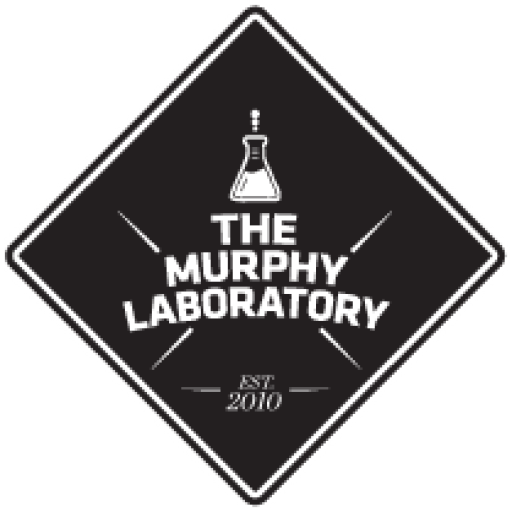The lung is a site of platelet biogenesis and a reservoir for hematopoietic progenitors. Although the bone marrow has been proposed to be a major site of platelet production, there is emerging evidence that the lungs might also contribute to platelet biogenesis. In a recent study (Looney Nature 2017), investigators used novel, high resolution imaging along with a mouse model to demonstrate that up to 50% of the platelet mass circulating throughout the mouse was generated in the lungs. Moreover, in very recent studies in which clinically relevant numbers of platelets were generated from induced pluripotent stem cells (iPSCs), megakaryocytes were induced to create proplatelets using flow dynamics (sheer stress and turbulence) very similar to those generated in the lung (Eto Cell 2018). Moreover, in this study, a bioreactor that was capable of recapitulating this unique ‘turbulence’ also revealed several key signaling pathways and soluble factors that may be involved in platelet production and release.
The current project utilizes specialized, human iPSC-based models of primordial lung and blood cell development to investigate the role of the lung in platelet biogenesis. In these studies, specialized lung organoids or ‘alveoluspheres’ developed in the Kotton Lab (Jacob Cell Stem Cell 2017) will be fueled with functionalized megakaryocytes developed in the Murphy Lab (Smith Blood 2013, Leung Stem Cells 2018) to create a novel, stem cell-derived model of platelet biogenesis in the lung. This one-of-a-kind, combinatorial model will then be used to study how megakaryocytes, the precursor cells of platelets, function in the context of lung primordium including assessments of the signaling crosstalk or the release of soluble factors that may impact each tissue type.
Techniques utilized: iPSC culture and directed differentiation, organoid creation and manipulation, single cell sequencing, platelet adhesion/functionality assays
